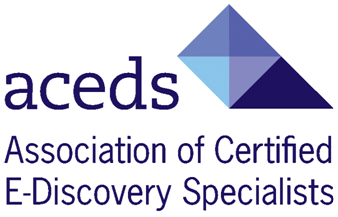eDiscovery Trends: The Challenges of International eDiscovery

Litigation would be simpler if business never crossed international boundaries, but it often does. Global corporations have dozens of offices and thousands of employees scattered around the world, while smaller businesses may outsource call center work or manufacturing to China, India, or other countries that offer inexpensive labor.
As a result, eDiscovery can be complicated by international laws and the regulations regarding discovery across national borders, as well as the usual questions that affect legal discovery within the United States. Even if US courts have jurisdiction over entities from other countries and the Federal Rules of Civil Procedure apply to discovery requests, there are still several issues and challenges associated with international eDiscovery, including:
- Location of Data: Thanks to the widespread use of cloud computing and other types of online storage, the physical location of ESI sought in eDiscovery is not always easy to pinpoint. Information transmitted electronically in an email or text message, can pass through any number of phone lines and routers, to many servers and client machines around the globe, so determining the location of a message can become virtually impossible. As a result, it can be difficult to know which nation's laws on eDiscovery should be applied, much less how to execute them.
- Expense: Due to the complexity of requesting eDiscovery through foreign channels, and under the legal restrictions imposed by foreign governments, the cost of tracking information across international borders is much higher than eDiscovery conducted solely within the US.
- International Law: Every nation has its own laws and regulations surrounding electronic data and discovery practices, so it's important to understand legislation in the relevant countries and, when appropriate, take measures to contact the proper authorities before moving forward. Discovery practices that are common and legal in the US can be considered criminal in some other countries, so it’s critical to have foreknowledge of the laws and rules you'll be facing.
- Cultural Issues: Along with variations in international law comes the difficulty of rationalizing the need for eDiscovery to foreign countries who may have different views on privacy. In a country where pretrial discovery is not the norm, the request for eDiscovery may be a strange and unwelcome concept that can often result in misunderstandings and non-compliance. Explaining American laws and customs becomes a vital role of any attorney seeking international eDiscovery.
In future posts, we will be discussing international eDiscovery issues in more depth, including the Hague Convention, privacy protection laws, blocking statutes and other challenges to eDiscovery abroad.
So, what do you think? Have you experienced these same issues, or are there other challenges you've faced in international eDiscovery? Please share any comments you might have, or let us know if you'd like to know more about a particular topic.








